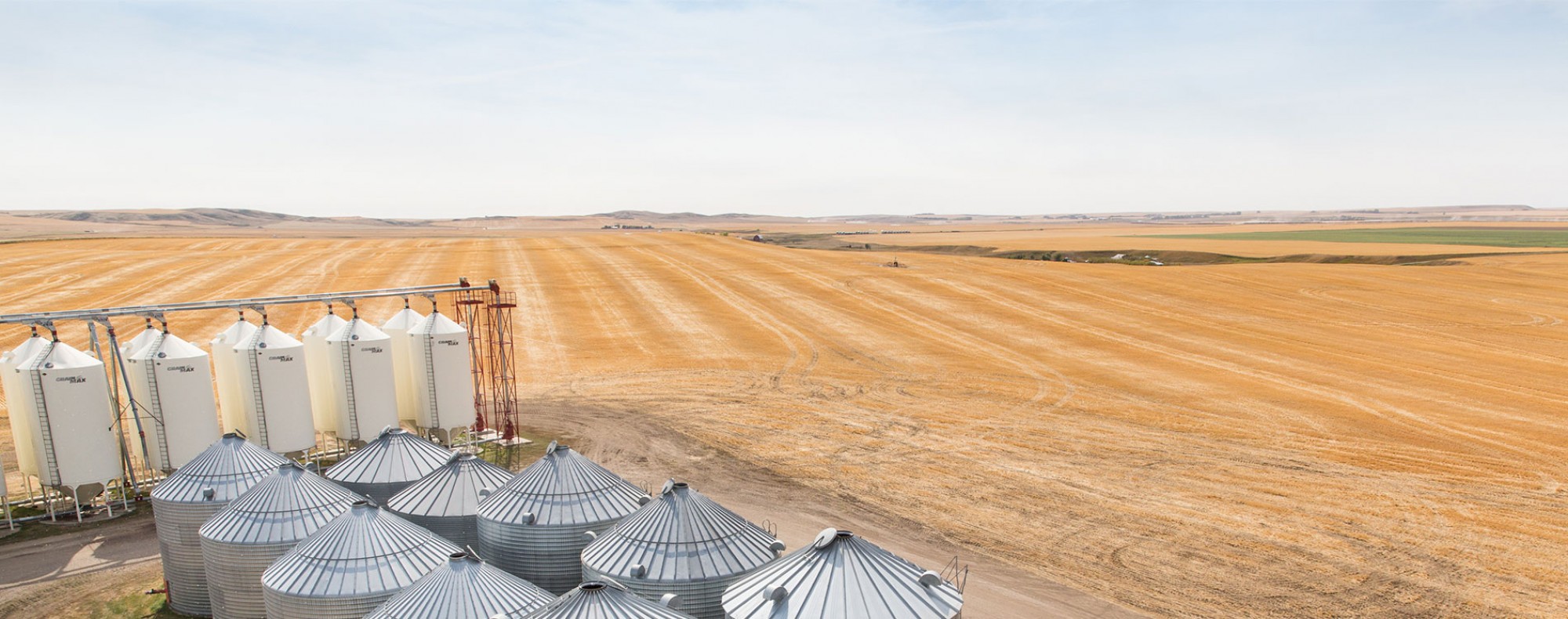Evaluation and Breeding of Winter Durum Wheat for Southern Alberta
AWC contribution: $69,000
Start date: April 1, 2017
End date: March 31, 2020
Summary:
Winter durum wheat has the potential to be a high value, high yielding cereal crop for Alberta farmers. The research objective of this project is to evaluate existing winter durum lines and develop new winter durum populations. Germplasm evaluation will involve agronomic and grain quality testing. The most promising varieties will be used in crossing with winter durum lines, but also winter wheat germplasm to maximize cold tolerance and disease resistance.
Objective:
To develop a winter durum wheat germplasm pool that is adapted to the Southern Alberta growing environment.
Benefit to producers:
There are many benefits to growing winter cereals, including the use of full season moisture, providing ground coverage to limit erosion, interrupting weed growth patterns timed with spring seeded crops and spreading out farm workloads. Grain yield is of critical importance to farmers. Over a 10 year period (2006-2015) in Alberta, winter wheat out yielded spring wheat by 13% which indicates the yield advantage of winter cereals over spring cereals (Statistics Canada 2016). It should be noted that over the same period, the average grain yield advantage of winter wheat over spring wheat across the Prairies was 25% (Statistics Canada 2016). Durum wheat is consistently one of the highest value cereal crops grown by farmers in Alberta, providing approximately $1.50 price premium per bushel over Canadian Western Red Spring wheat (AWC 2016). The potential yield advantage of winter durum wheat combined with a price premium could lead to increased revenue for Alberta farmers.
Bio:
Dr. Jamie Larsen is a research scientist focusing on plant breeding with Agriculture and Agri-Food Canada in Lethbridge, Alberta. His research is centred on developing perennial wheat, winter durum wheat, perennial cereal rye, fall rye and winter triticale for grain and livestock producers with the goal of maximizing the sustainability of cereal production systems. In annual cereals, the breeding goal is to develop high yielding, disease resistant varieties that address grain and biomass market requirements across Canada as well as develop improved parental material for perennial cereals development. In perennial cereals, the research goals are to understand the genetics behind perennial habit in wheatgrass and how it differs from annual wheat which builds towards breeding perennial wheat and cereal rye that are stably perennial and high yielding for three or more years. His program also includes a crop agronomy component to address knowledge gaps in the crops he works in. His philosophy is that good varieties and good agronomy go hand-in-hand to maximize the production potential for Canadian farmers.
